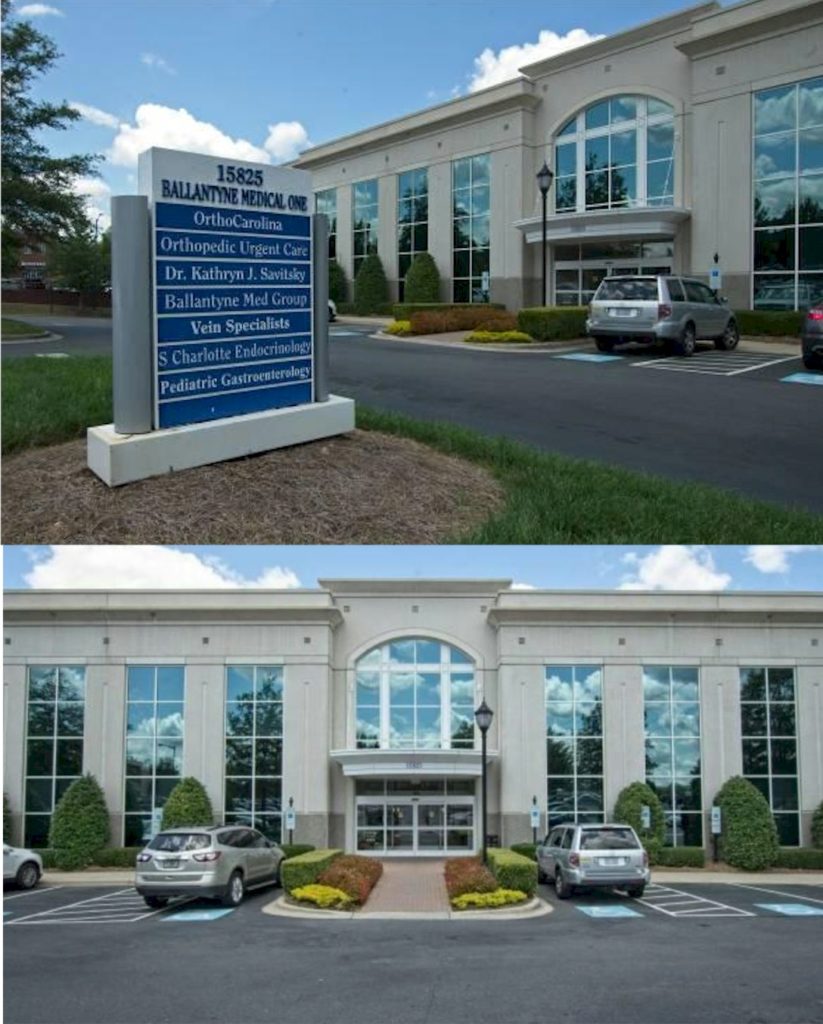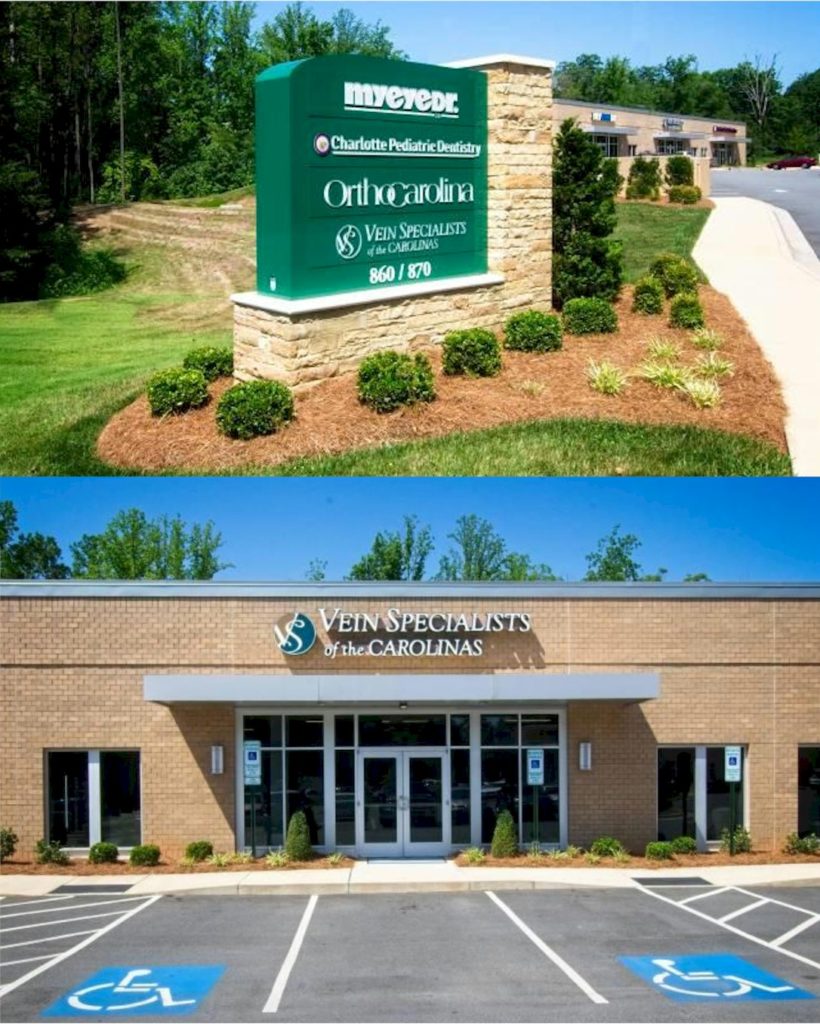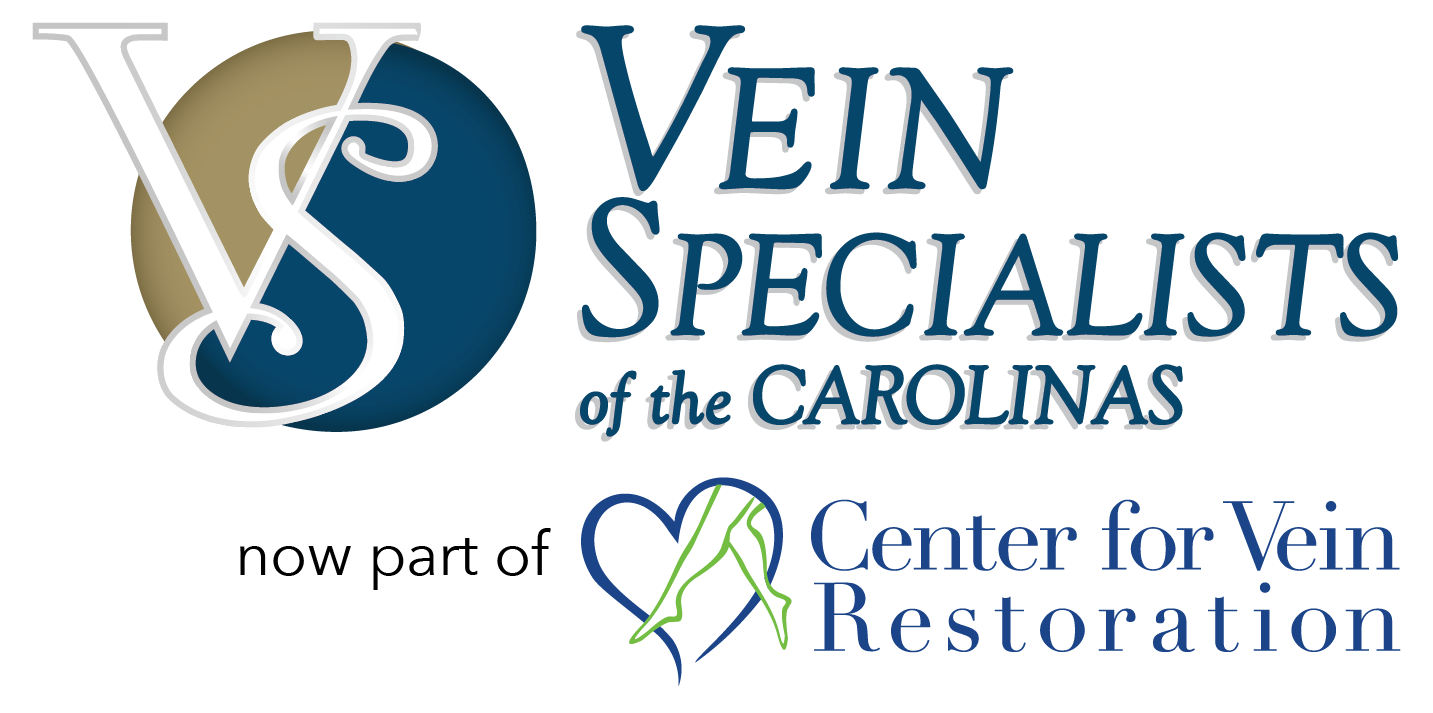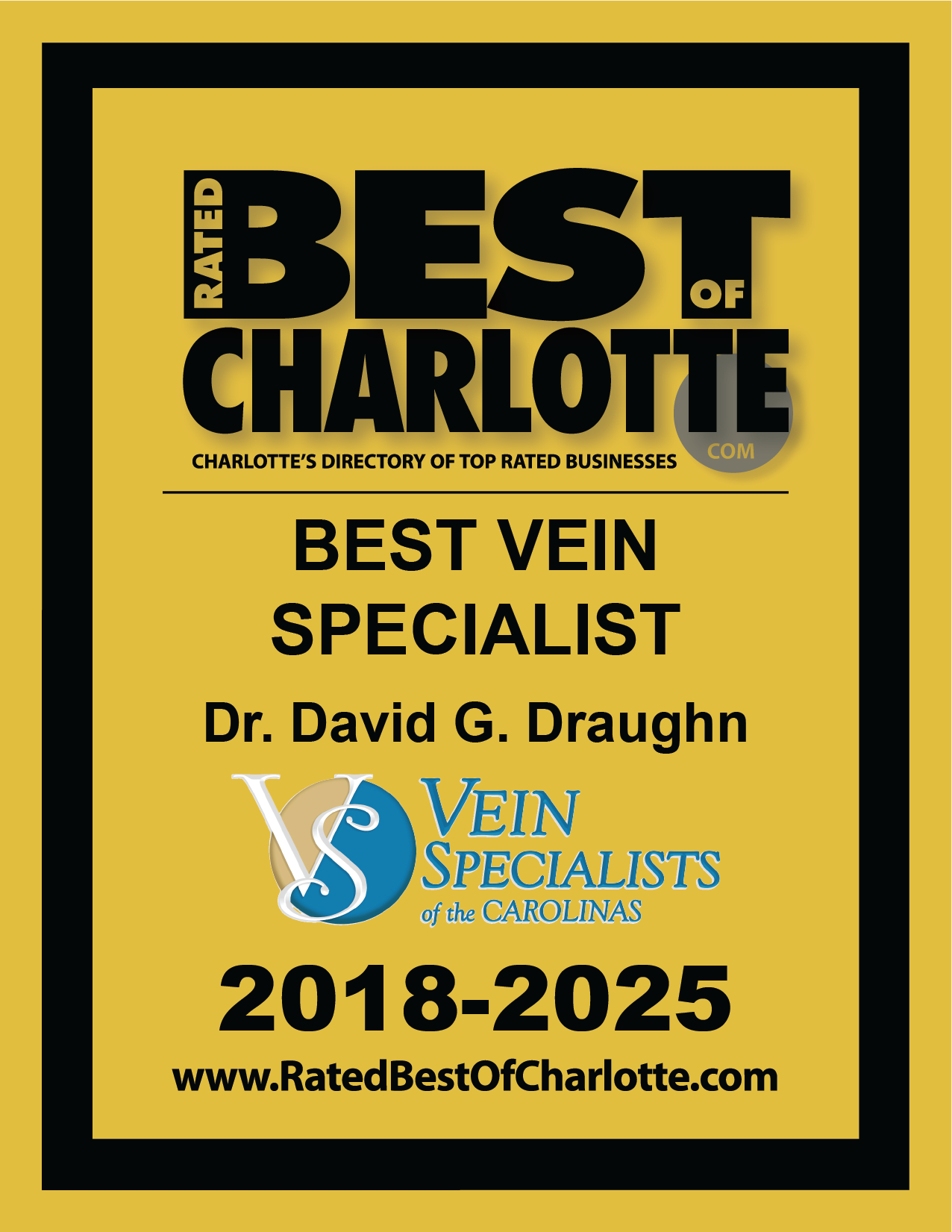FAQs – FREQUENTLY ASKED QUESTION
Vein Specialists of the Carolinas
It’s not even the end of the day and you can’t wait to sit down and put your feet up. The heaviness, aching and throbbing you feel in your lower extremities may even be clearly visible by the bluish trails along your legs. If so, you probably dislike what you see as much as the discomfort it causes.
This spring many women and men alike will stand in the closet deciding “Pants or shorts?” when they look down and are reminded of how self-conscious they were last summer of their unattractive Varicose and Spider Veins. An estimated 25 million Americans suffer from a disorder called Superficial Venous Reflux. Reports show that up to 50% of women and 30% of men will have varicose and/or spider veins before they turn 50 years old. Many studies suggest that those percentages increase to 70% of Women and 50% of Men by age 70. Below are some FAQs and answers that may help you understand vein disorders and their symptoms.
FAQS: What is Superficial Venous Reflux?
FAQS: What factors contribute to Varicose and Spider Veins?
FAQS: Is there an easier way to treat this problem?
FAQS: Who can benefit from this procedure?
FAQS: How do I know if I have Superficial Venous Reflux?
What are the symptoms? Some people will know they have a problem simply by looking down at their legs. For some the large veins under the skin may appear swollen, kinked, twisted or ropey. They may appear bluish in color. These are known as the Varicose Veins which occur with Superficial Venous Reflux. For others the variety of colors ranging from red to purple to brown may form unattractive web like patterns on one or more areas of the skin of the leg. These web patterns are known as Spider Veins and also occur with Superficial Venous Reflux. The physical symptoms of Venous Reflux can range from leg pain, heaviness, tiredness, throbbing, aching, stinging and burning, to restless legs, swelling and dermatitis. When the problem becomes so severe that the nutrition to the skin becomes compromised patients will get ulcerations of the lower leg. Varicose Veins are also prone to developing superficial thrombophlebitis, which is a blood clot along with inflammation of a segment of vein. Although clots in the superficial veins are usually harmless, they may appear red and swollen with tenderness and pain over the affected area and feel hard or firm to touch. Anytime you suspect a clot in your leg you should see your health care provider as clots in the deep venous system are much more serious. Many of these symptoms plague millions of Americans. Clearly Varicose and Spider Veins are not just a cosmetic issue.
FAQS: What can be done to treat Varicose and Spider Veins?
FAQS: How long will I have to be off my feet after the procedure and when will I notice improvement of my symptoms?
FAQS: How effective is the VNUS Closure?
CHARLOTTE, NC
Phone
Hours
Mon.-Thurs.: 7:30am - 4:30pm
Friday: 7:30am-12:30pm
Address
15825 Ballantyne Medical Place,
Ste. 240
Charlotte, North Carolina 28277
GASTONIA, NC
Phone
Hours
Mon.-Thurs.: 7:30am - 4:30pm
Friday: 7:30am-12:30pm
Address
860 Summit Crossing Place,
Ste. 120
Gastonia, North Carolina 28054






